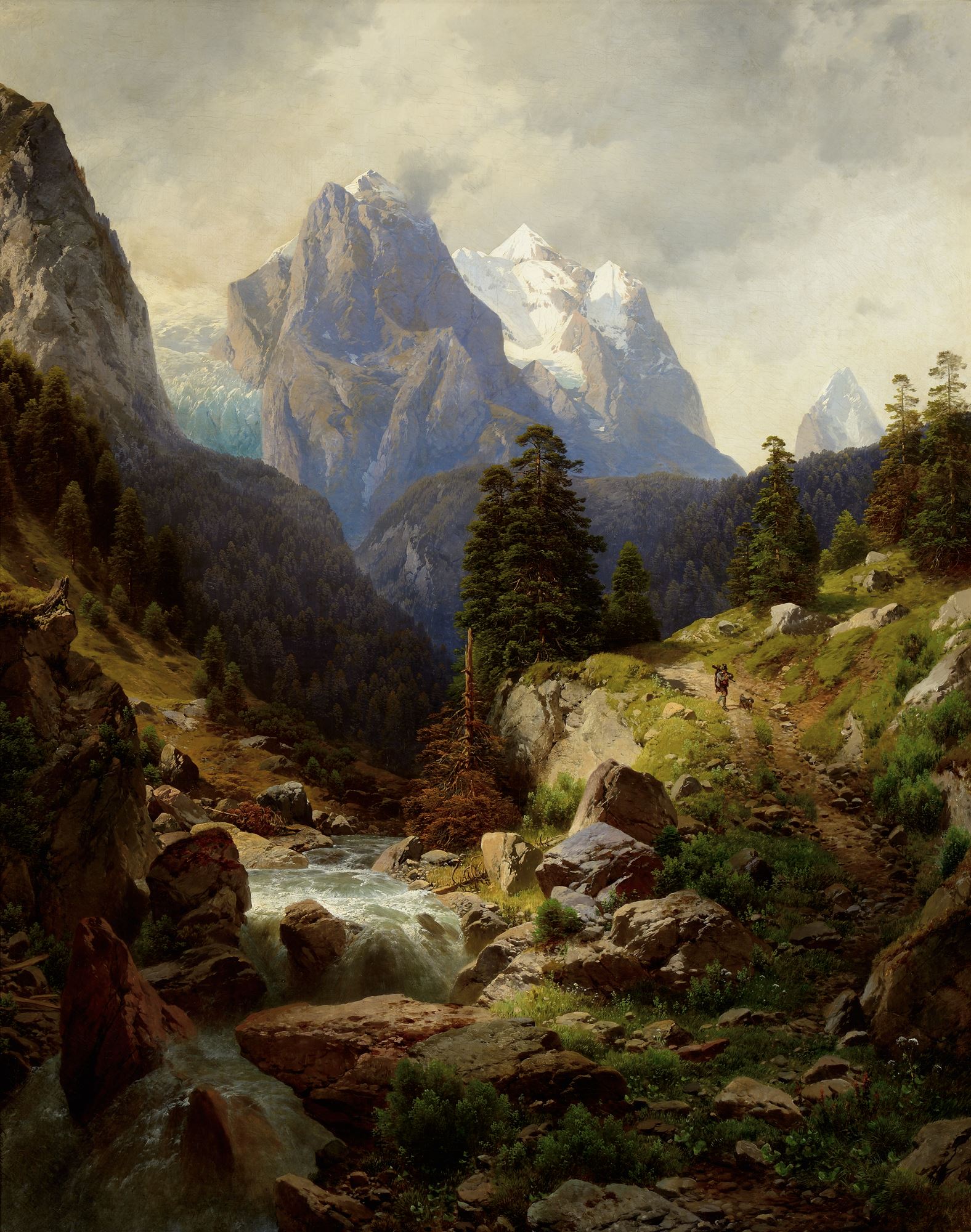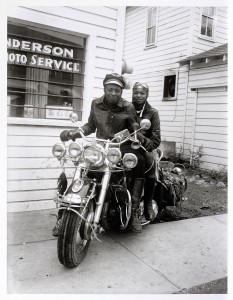Lesson Plan
Day 1
Introduction/Prior Knowledge
Talk about what we know about a story elements. Introduce and define new vocabulary words, then give students their vocabulary map and have them illustrate what each word means.
Have them talk to a partner and elaborate on their picture for each word.
Day 2
Direct Instruction
Review vocabulary words from Day 1.
Introduce The Mitten. Preview the book and mention the setting and the season this story is taking place. Read the book out loud and fill out the graphic organizer as a class on the transparency. For extra practice, act out the story together.
Day 3
Guided Practice / Application
Review the graphic organizer for the The Mitten. Show the first artwork image and ask, “What do you notice?” Allow the students to brainstorm about the picture, then change the setting in the graphic organizer to the Alps. Ask, “How would the beginning middle and end change if The Mitten took place here?”
Fill out a new graphic organizer with the setting/season changed. Talk about the importance about the separate story elements.
Day 4
Divide the students in groups of 4 (of similar reading levels). Give each group one book about seasons that is appropriate for all four students to be able to read. Inform the students that they are going to be reading their own book and to keep in mind the beginning, middle, and end of the story.
Have students partner up within the group. Two students are partner reading while the other two listen, then, switch.
Give each student a graphic organizer to have them fill out according to the story that they read. Have the students share with their group mates and make any necessary changes or to add anything.
Day 5
Ask the students to take out their graphic organizer from their small group’s book. Show the second artwork image. Ask the students what they notice, what season it looks like, and what is happening in the image. What do they see that makes them say that?
Have them talk within their group about how the story structure would change if a motorcycle was in the story.
Come back as a class and have them share ideas. Talk about why having structure in a story is important and how the beginning will directly affect the middle, which will then directly affect the end. If time allows, have students fill out a new graphic organizer with the motorcycle in the beginning, middle, or end of the story.



